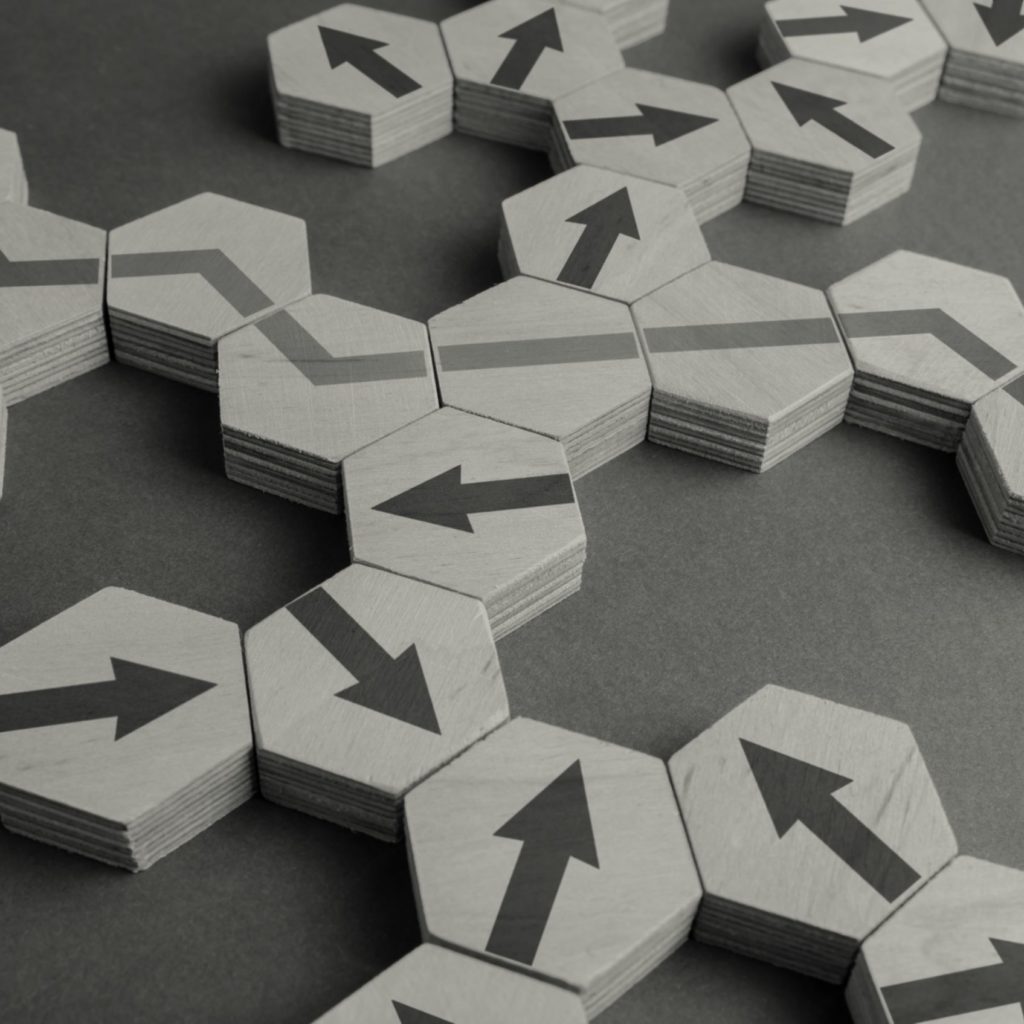At Adviso, we specialize in cultural change and business transformation. We believe that organizational design is essential for driving cultural change and achieving business transformation. In this article, we will explore the importance of organizational design and the steps that organizations can take to design effective organizations.
What is Organizational Design?
Organizational design is the process of creating a structure that is designed to achieve specific goals and objectives. Organizational design involves developing and implementing strategies that are designed to drive cultural change and achieve business transformation. Organizational design involves a range of activities, including planning, communication, and stakeholder engagement.
Effective organizational design requires a deliberate and intentional effort to create a structure that is designed to support the transformation process. The following steps can help organizations to design effective organizations:
- Define the Purpose: Defining the purpose involves identifying the specific goals and objectives of the organization. This can help to ensure that the organization is focused and productive.
- Identify the Roles: Identifying the roles involves identifying the specific skills and expertise that are necessary for success in the organization. This can help to ensure that the organization is composed of individuals who are capable of contributing to the success of the organization.
- Develop the Structure: Developing the structure involves creating a structure that is designed to support the transformation process. This can include developing a hierarchy that is designed to support communication and collaboration, and creating teams that are designed to achieve specific goals and objectives.
- Foster Collaboration: Fostering collaboration involves creating a culture of trust and collaboration that encourages individuals to share their ideas and perspectives. This can involve creating opportunities for team members to work together on projects, providing feedback and recognition for contributions, and promoting open communication.
- Encourage Innovation: Encouraging innovation involves creating a culture that values creativity and innovation. This can involve providing opportunities for team members to share their ideas and perspectives, promoting experimentation and risk-taking, and providing resources and support for innovation.
- Measure Progress: Measuring progress involves tracking the success of the organizational design initiative. This can involve conducting surveys, analyzing performance metrics, and soliciting feedback from team members and stakeholders.
The Benefits of Organizational Design
Organizational design offers a range of benefits for organizations. These include:
- Improved Performance: Effective organizational design can help to improve organizational performance by creating a structure that is designed to support the transformation process.
- Increased Engagement: Organizational design can help to increase employee engagement by providing individuals with opportunities to take ownership of their work and contribute to the success of the organization.
- Enhanced Innovation: Organizational design can help to enhance innovation by creating a culture of change and innovation that encourages experimentation and risk-taking.
- Improved Communication: Organizational design can help to improve communication by creating a structure that is designed to support communication and collaboration.
- Increased Agility: Organizational design can help to increase organizational agility by creating a structure that is designed to respond quickly to changing market conditions.
Effective Organizational Design Techniques
In addition to the steps outlined above, there are several effective organizational design techniques that organizations can use to design effective organizations. These include:
- Functional Structure: A functional structure is a hierarchical structure that is designed to support communication and collaboration within a specific function or department.
- Divisional Structure: A divisional structure is a hierarchical structure that is designed to support communication and collaboration within a specific division or business unit.
- Matrix Structure: A matrix structure is a hybrid structure that combines elements of both functional and divisional structures. This structure is designed to support communication and collaboration across multiple functions and divisions.
- Network Structure: A network structure is a decentralized structure that is designed to support communication and collaboration across multiple organizations.
- Holacracy: Holacracy is a self-organizing structure that is designed to support communication and collaboration within a flat organizational structure.
Conclusion
Organizational design is essential for driving cultural change and achieving business transformation.




